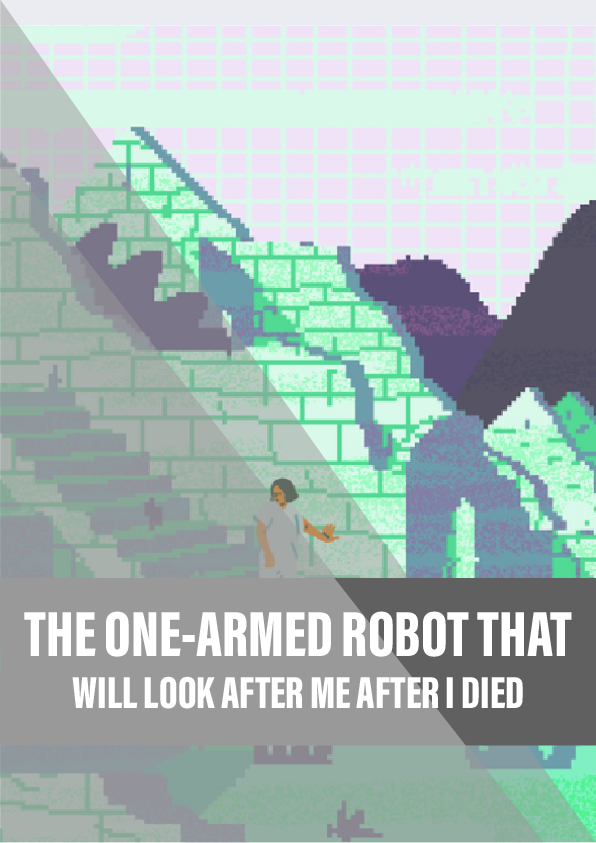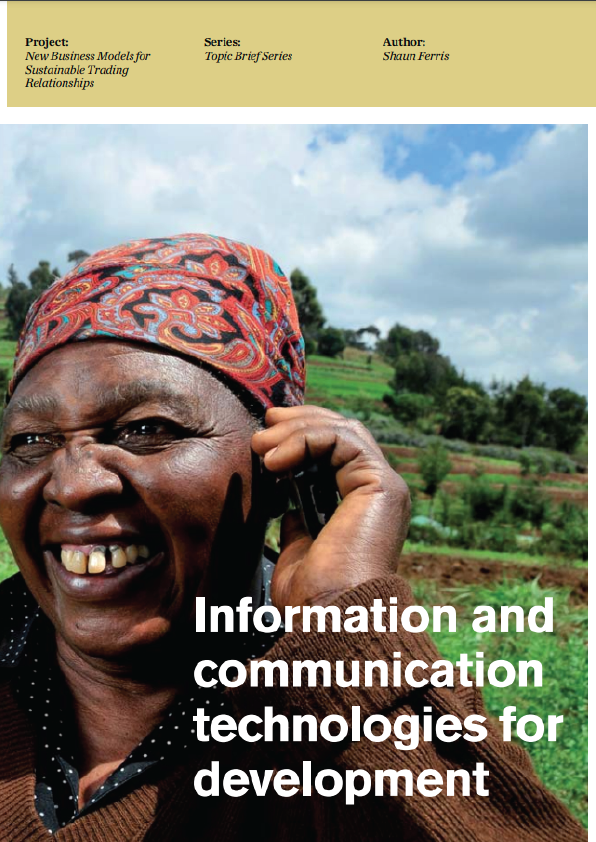Surgeons and their patients are finding that virtual reality can relieve the pain and stress of operations – and it’s safer and cheaper than sedatives. Jo Marchant travels to a Mexican mountaintop village to visit a clinic with a difference.
Ana Maria has never been to Machu Picchu. The 61-year-old always wanted to visit the mountain ruins but she suffers from hypertension, and doctors warned that the extreme altitude could cause her blood pressure to rise dangerously high. Today, dressed in a white gown and hairnet, she will explore its ancient walls and pyramids for the first time.
She’s in a private medical clinic in Mexico City, and laughs nervously as she’s wheeled into a windowless operating room. The surgeon takes a Sharpie and draws a large circle on her left thigh, paints on several layers of iodine, then injects a local anaesthetic into the skin. Inside the circle is a fatty lump, a lipoma around 6 cm across, which he is about to remove.
Ana will be awake for the operation, and she’s feeling scared. As the surgeon readies his scalpel, her blood pressure is 183/93, even higher than usual. Patients undergoing procedures like this often have to be sedated to cope with the pain and anxiety of being under the knife, but not today. Instead, José Luis Mosso Vazquez, who is supervising the operation, fits a sleek, black headset over Anna’s eyes and adjusts the Velcro straps.
The surgeon makes his first cut and the blood spills in a crimson stream down Ana’s leg. She’s surrounded by medical equipment – stools, trolleys, swabs, syringes, with super-bright surgical lamps suspended above the bed and her vital signs displayed on monitors just behind. But Ana is oblivious. She’s immersed in a three-dimensional re-creation of Machu Picchu. She begins her journey with a breathtaking aerial view of the ancient city clinging to the mountainside, before swooping down to explore the details of stepped terraces, moss-covered walls and tiny stone huts.
Mosso watches her carefully. A 54-year-old surgeon at Panamerican University in Mexico City, he’s on a mission to bring virtual reality into the operating room, using the high-tech distraction technique to carry out surgeries that would normally require powerful painkillers and sedatives, with nothing more than local anaesthetic. He’s trying to prove that reducing drug doses in this way not only slashes costs for Mexico’s cash-strapped hospitals, but cuts complications and recovery times for patients, too.
Reference:
- A 2011 study of using VR to reduce pain during burn care.
- A 2012 review by Mosso and colleagues of their experience using VR.
- A study by Mosso and colleagues of using VR on mobile phones during outpatient surgery.











